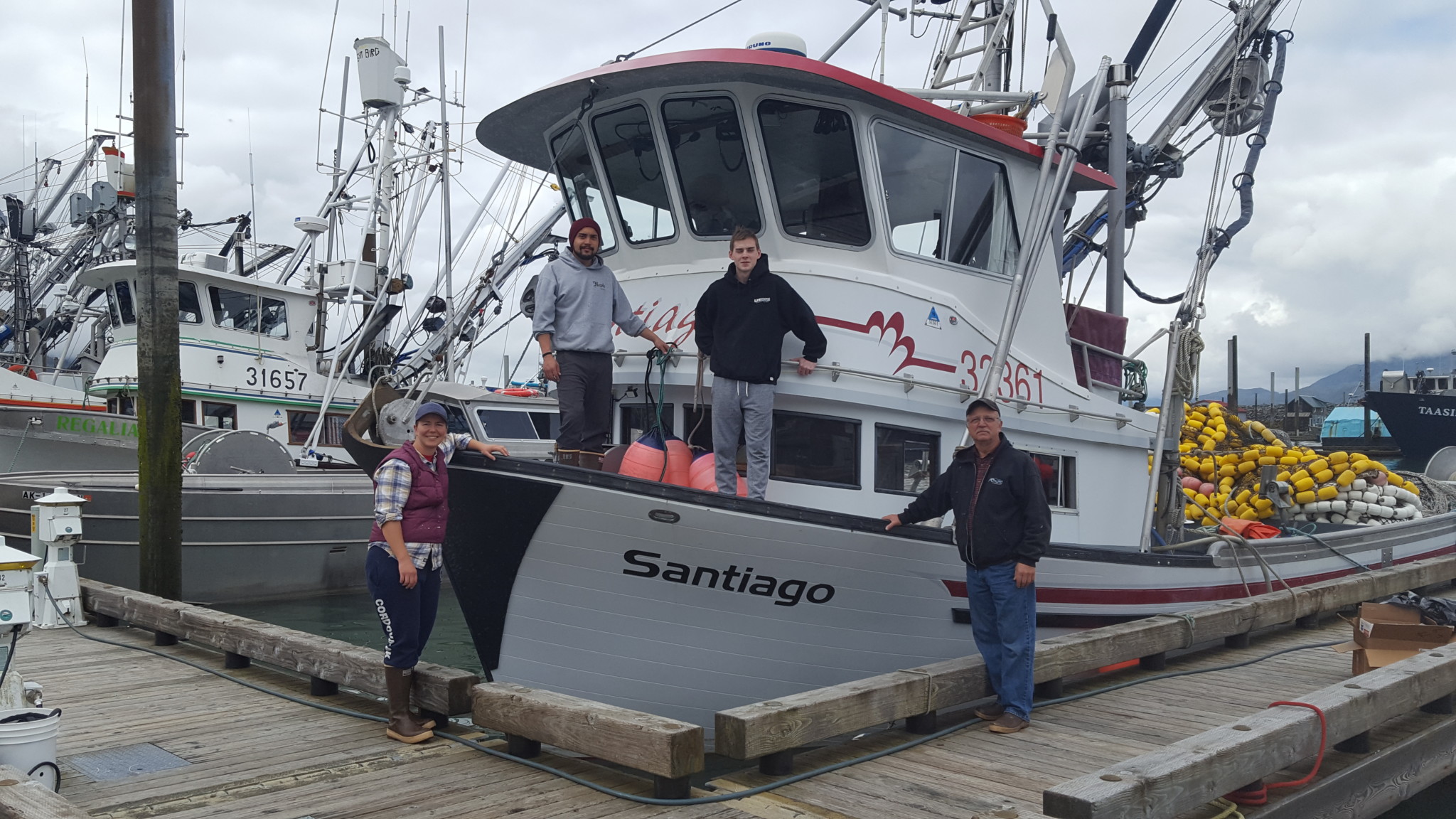Record high temperatures might be slowing down some fish pickers in Alaska's commercial salmon fleet, but you wouldn't know it from their landings.
The Alaska Department of Fish & Game predicted a statewide annual harvest of 42 million sockeye salmon. Just six weeks into the summer season, the total harvest already stands at 39 million.

Alaska's 2019 salmon season, statistical week 28, ending July 13, 2019. McDowell Group/Alaska Seafood Marketing Institute data
Last week, Bristol Bay's districts landed 14.5 million fish in what could be the third-largest weekly harvest on record for the bay. Overall, the region is 19 percent ahead of 2018 figures, and most other areas of the state are trending above 2018. That fishery typically peaks around the Fourth of July, but the run has not been terribly predictable for several years.
The odd-year pink salmon run is about 30 percent ahead of 2017 numbers to date, following a record-breaking early-season run. Fishing has slowed down in Prince William Sound and Southeast, but Kodiak, the Arctic-Yukon-Kuskokwim, Alaska Peninsula and Aleutian Islands are still besting their 2017 numbers.
The keta salmon harvest is lagging at 19 percent below the annual average and at 75 percent of the 2018 landings to date. Though the 2018 harvest had a late-run bump with 57 percent of the keta landings coming in after statistical week 28.
Cook Inlet harvests are lagging for four out of five species. Pinks are barely above the 2017 totals by 2,000 fish. Chignik has yet to report any landings at all.
King salmon harvests are still on a decline. The 2019 tally of 161,000 kings is 15 percent below 2018 at the same point in the season.







